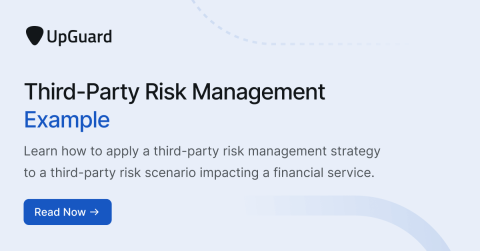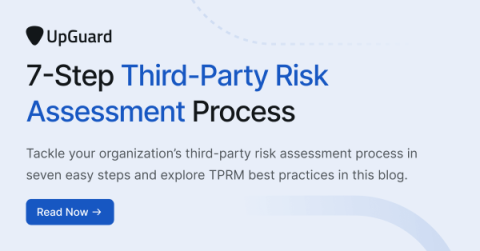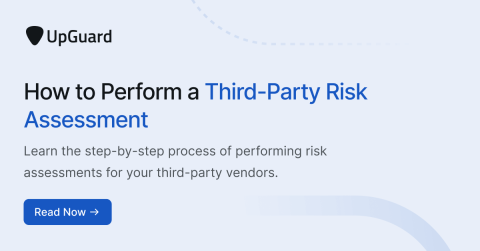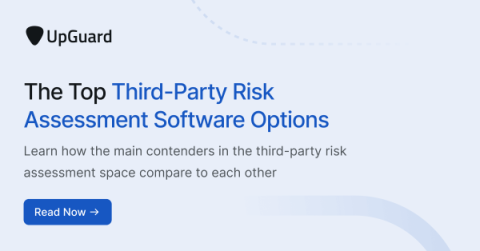Third-Party Risk Management Example
With third-data breaches and their subsequent financial impacts on the rise, Third-Party Risk Management is becoming a non-negotiable inclusion in an organization’s cybersecurity strategy. For those new to this risk management area, this post outlines a high-level framework for applying TPRM principles to a third-party risk context. Learn how UpGuard streamlines Vendor Risk Management >









